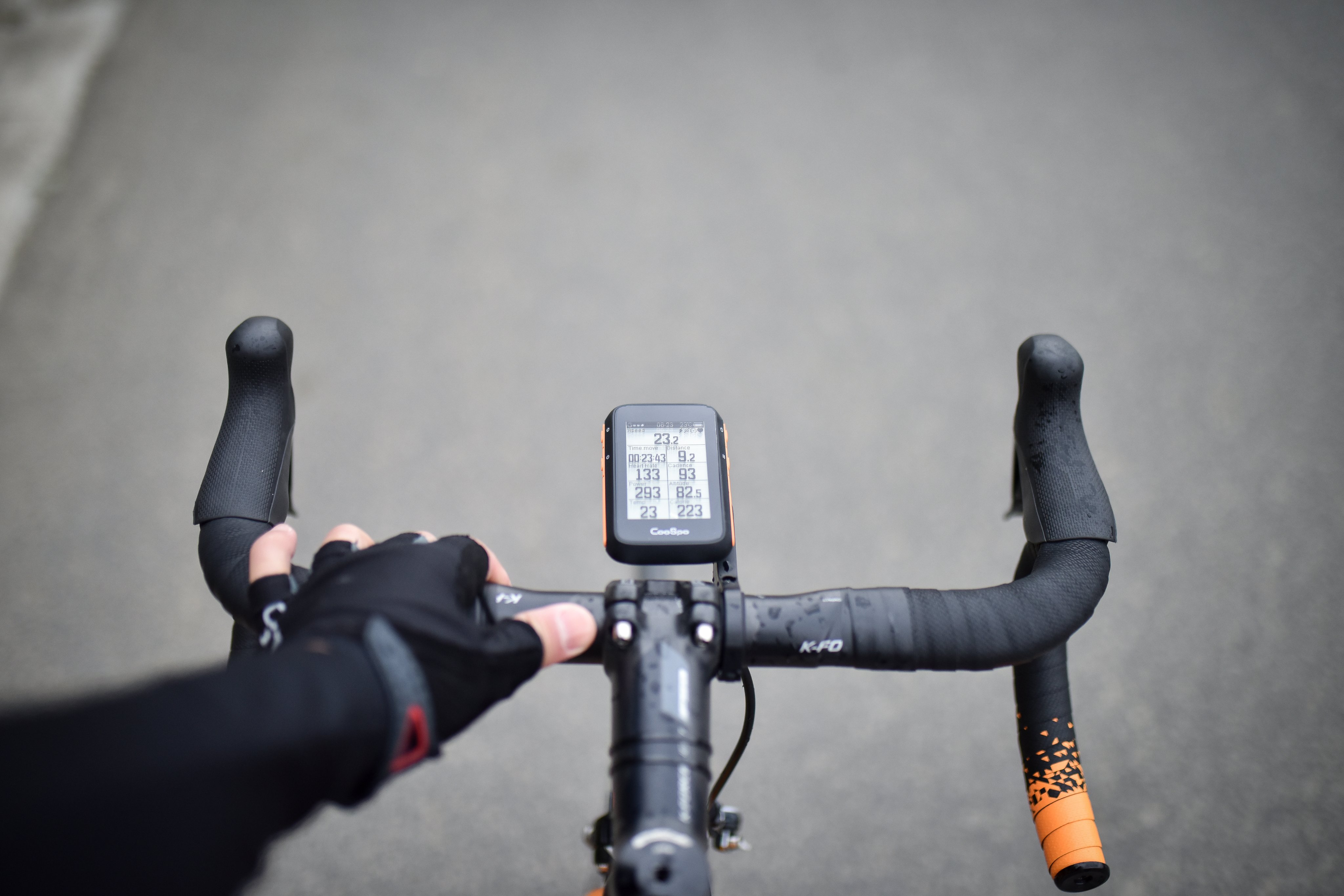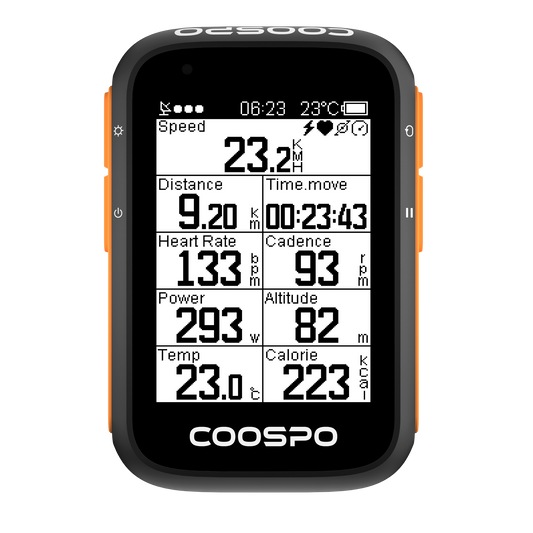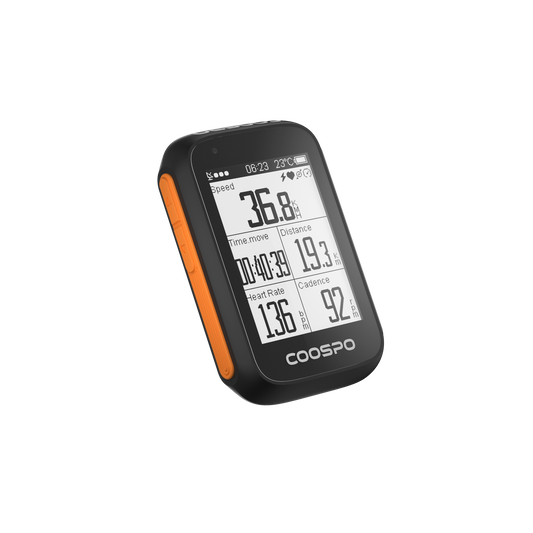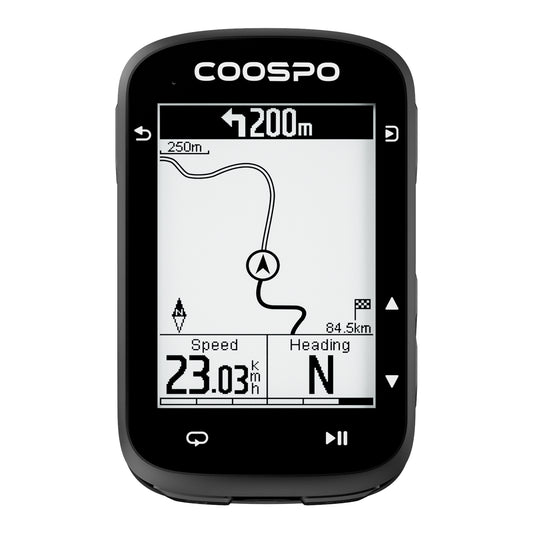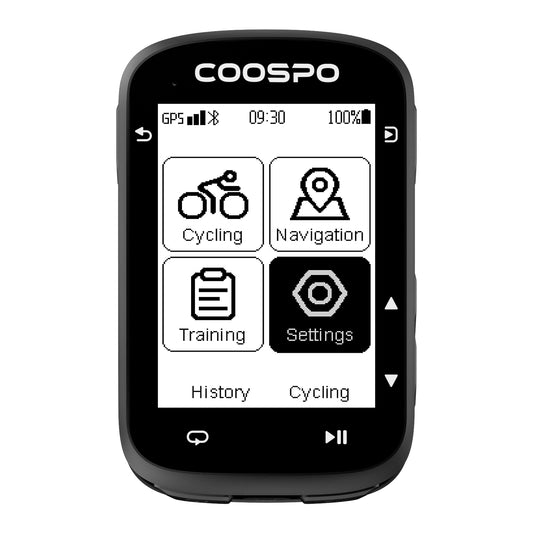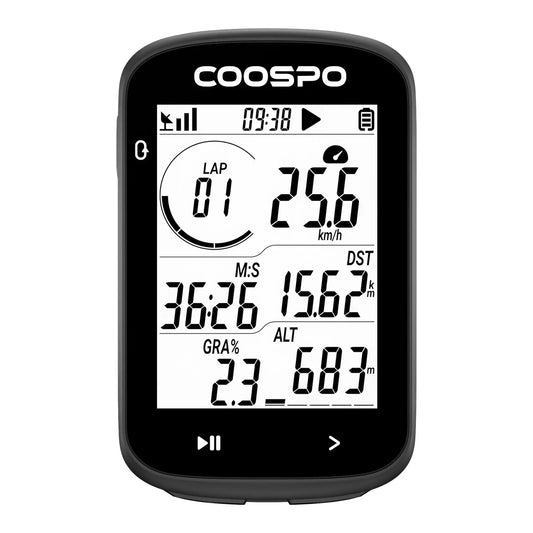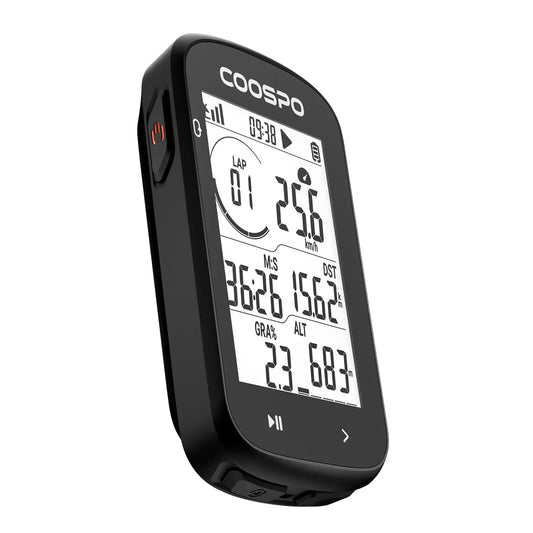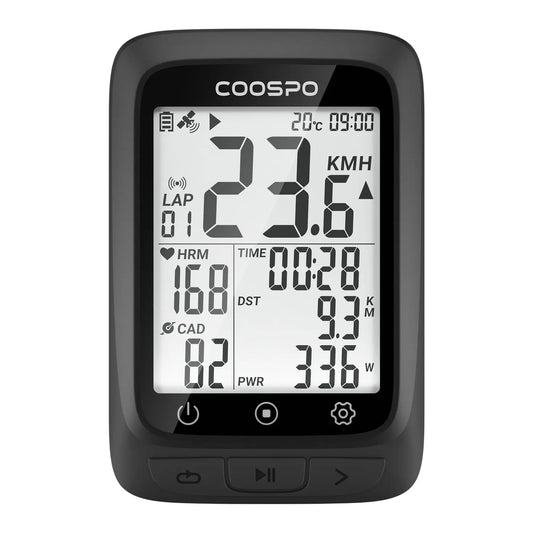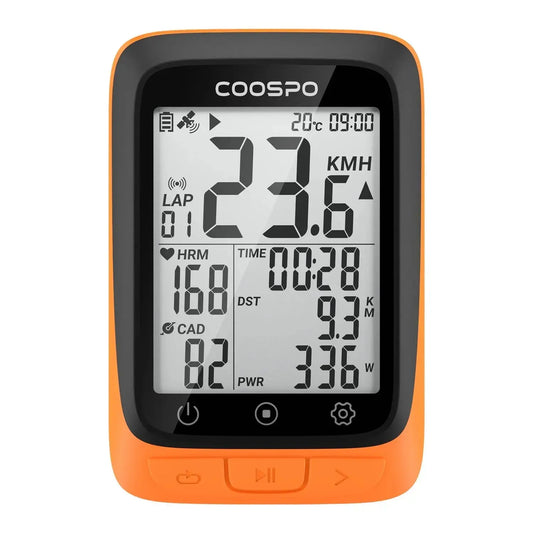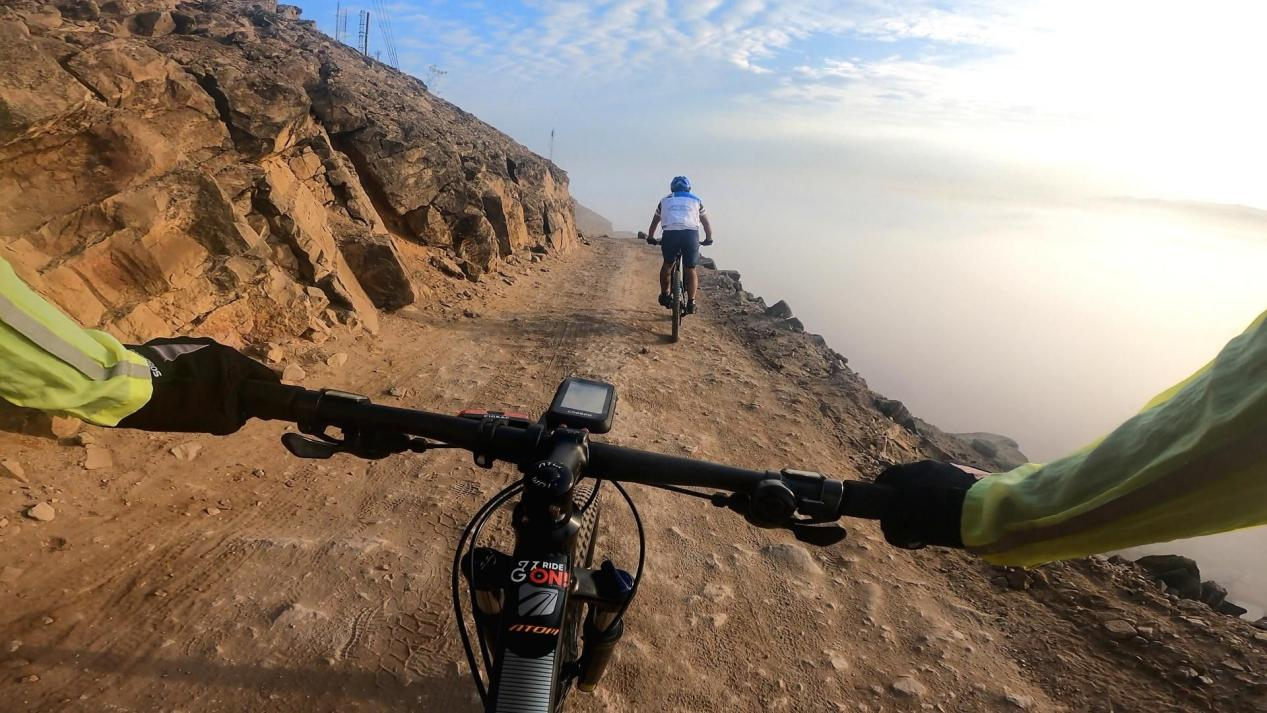Long-Distance Cycling: Tips for Endurance and Enjoyment
Long-Distance Cycling: Tips for Endurance and Enjoyment
Cycling is more than just a way to get around or stay in shape; it is a passionate pursuit for many enthusiasts who love the freedom of the open road and the challenge of pushing their limits. Riding longer distances takes real endurance, requiring a lot of time, energy, and determination.
Long distance bike rides need a lot of endurance. You have to build up your endurance over time, which could take weeks, months, or even years for really long rides. The best way to do this is to find a method that works for you. Everyone is different, so it's important to figure out what works best for you and go at your own pace.

What is long distance cycling?
The definition of a long-distance bike ride can vary from person to person. What one person sees as a long distance may be seen as relatively short by someone else.
Cycling long distances, which usually means rides over 50 miles (80 kilometers), involves participating in events like 100-mile and 200-mile rides, as well as extreme races such as the Race Across America, which covers thousands of miles across continents. To take on these challenges, you need to be in great physical shape, have mental strength, and plan carefully to overcome the obstacles of fatigue, different terrains, and weather conditions.
How to increase your distance:
- Build up gradually
One of the key principles in long-distance cycling is the gradual increase of mileage in order to prevent injury and fatigue. Start with shorter rides and steadily increase your distance each week, allowing your body to acclimate to the challenges of longer rides. For example, if you can confidently ride 70 km, consider adding 10 km to your distance over a few weeks.
Strive to increase your weekly mileage by approximately 10-20% in order to allow your muscles, joints, and cardiovascular system adequate time to strengthen and adapt to the heightened workload.
- Pace yourself
Long-distance cycling requires a mindset of endurance, as it is more akin to a marathon than a sprint. One common error is becoming overly enthusiastic at the outset of a ride, only to exhaust oneself halfway through due to maintaining a pace that is too intense.
Riding a bike alone is often better because it lets you concentrate and think deeply without being distracted by comparing yourself to others. It's helpful to focus on making long-term progress instead of getting caught up in feeling like you're not keeping up. Think about the little steps you take every day to grow and improve yourself.
Use a heart rate monitor or pay attention to how hard you feel you are working to make sure you don't push yourself too hard at the beginning of your ride. It's better to start off slowly and build up your effort gradually, rather than wearing yourself out too quickly.
- Plan your route
To have a successful long-distance cycling trip, it's important to plan your route carefully so you can find food, water, rest stops, and places to stay along the way.

When going on long-distance rides, it's common to travel through new areas, which can be a good thing. Riding in new places can make the journey more exciting and interesting, with the constant thrill of exploring different landscapes and meeting new people. Before setting off, it's a good idea to research the new areas, such as the terrain, available services, and possible weather conditions, to make sure everything goes smoothly and you have a great time.
What to eat during a long bike ride
Carbohydrates: Consume easily digestible carbohydrates before, during, and after your ride to replenish glycogen stores and maintain blood sugar levels. Opt for energy gels, bars, bananas, dates, or homemade snacks like rice cakes or energy balls.
Hydration: Stay hydrated by drinking water regularly throughout your ride, especially in hot or humid conditions. Consider electrolyte replacement drinks or adding electrolyte tablets to your water to replenish sodium and potassium lost through sweat.
Protein: Include sources of protein to support muscle repair and recovery, such as nuts, seeds, lean meats, dairy products, or plant-based alternatives like tofu or legumes.
Snacks: Pack portable, nutrient-dense snacks like trail mix, dried fruit, sandwiches, or energy bars to fuel your body between meals and prevent hunger fatigue.
What to wear on a long distance ride
Padded shorts: Invest in high-quality cycling shorts with a padded chamois to reduce friction, chafing, and saddle soreness during long hours in the saddle.
Moisture-wicking jersey: Wear a lightweight, breathable cycling jersey made from moisture-wicking materials to keep you dry and comfortable, even in hot or humid conditions.
Cycling gloves: Protect your hands and improve grip with padded cycling gloves that absorb shock, reduce pressure points, and provide extra cushioning on rough roads.
Cycling shoes: Choose cycling shoes with stiff soles and a secure fit to optimize power transfer and pedaling efficiency over long distances. Consider clipless pedal systems for added efficiency and control.
Helmet: Always wear a properly fitting helmet to protect your head in case of falls or accidents. Look for helmets with adequate ventilation and adjustable retention systems for maximum comfort.
Sunglasses: Wear UV-protective sunglasses with shatterproof lenses to shield your eyes from glare, debris, insects, and harmful sun exposure during long rides.
What to take on a long distance bike ride
As with any cycling excursion, it is important to come equipped with a repair kit containing one or two spare tubes, a pump, and tire levers. For rides that take you into more isolated areas, carrying a spare derailleur hanger and a few additional spokes is a wise decision that could potentially prevent a disastrous outcome.
If you’re going to be out all day or longer, it’s a good idea to bring a battery pack and the right cables to charge your lights, GPS bike computer, and phone. The last thing you want is to be stuck in the dark with a dead phone! You can easily keep these items in a frame bag for easy access, but it’s also smart to put them in a waterproof dry bag in case the weather changes.



